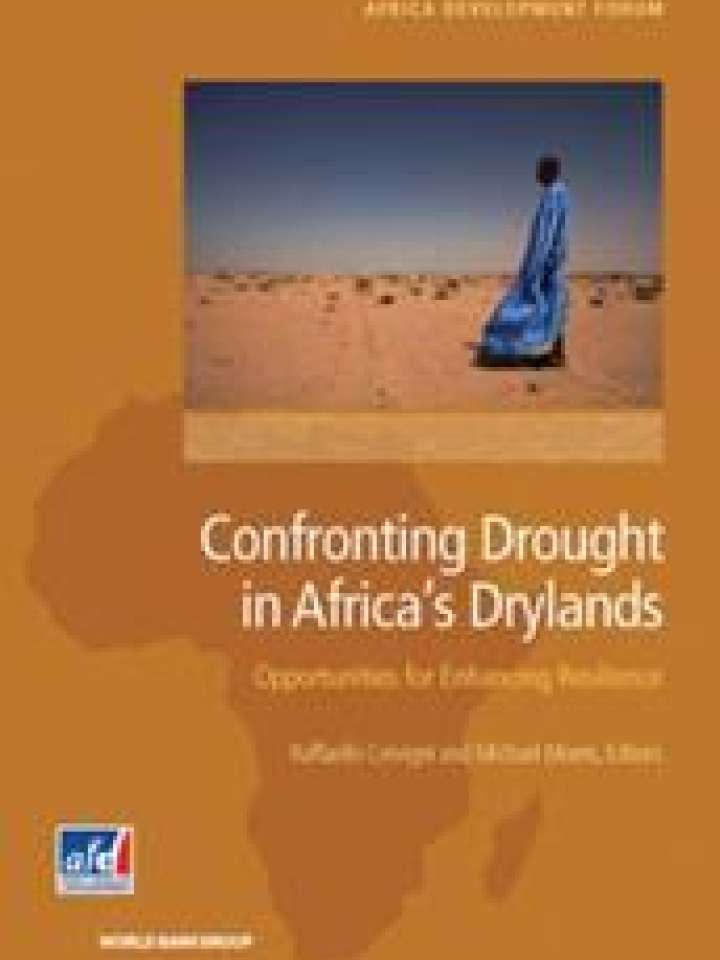Confronting drought in Africa’s drylands: Opportunities for enhancing resilience
The report explores that a set of interventions that could help reduce the impact of drought by about half in Africa’s drylands. The publication focuses on a subset of countries in East and West Africa that contain large arid, semi-arid, and sub-humid areas and are home to over 300 million people.
Frequent and severe shocks, especially droughts, already limit livelihood opportunities, undermine efforts to eradicate poverty, and require emergency aid. The future promises to be even more challenging: population growth and an expansion of drylands due to climate change could increase the number of people living in a challenging environment by up to 70 percent by 2030.
Interventions discussed in the report include:
- better management of livestock, agriculture and natural resources could help enhance people’s resilience in the face of change;
- improved crop production technologies, soil fertility management and adding trees to current farming systems;
- irrigation;
- integrated landscape management to restore degraded areas to functional and productive ecosystems;
- reducing barriers to trade so that food is more available and more affordable, including after a shock hits.
The authors estimate that the cost of well-targeted, location-specific technical interventions would amount to US$ 0.4 billion to 1.3 billion per year.
The report was prepared by the World Bank working with a large coalition of partners including government agencies, regional organizations, multilateral development agencies, research institutes, and non-governmental organizations who provided background papers and notes, to contribute to the ongoing dialogue about measures to reduce the vulnerability and enhance the resilience of populations living in dryland areas of Sub-Saharan Africa.
Explore further
